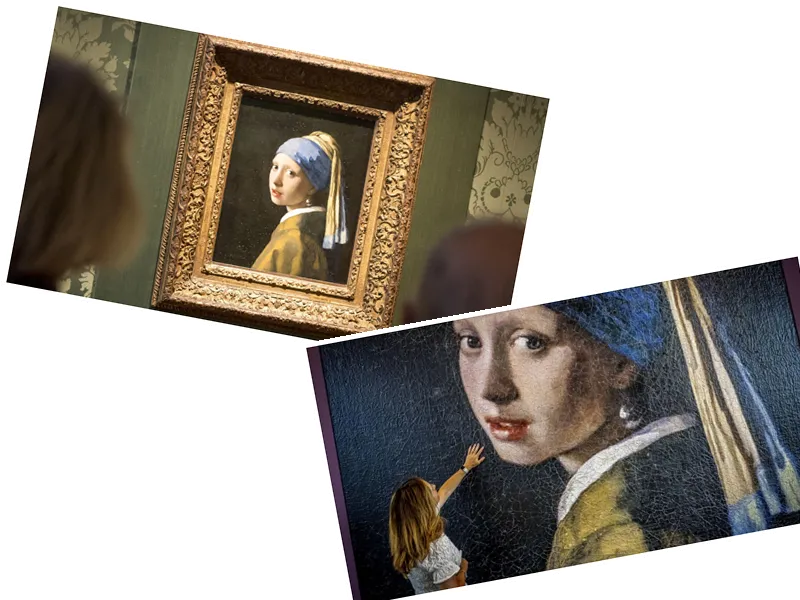Neuroscientists Unlock the Secrets of Vermeer’s 'Girl with a Pearl Earring'
In a groundbreaking study, neuroscientists in the Netherlands have uncovered the neurological phenomena behind the allure of Johannes Vermeer’s iconic painting, 'Girl with a Pearl Earring.' Conducted at the Mauritshuis museum in The Hague, researchers investigated how viewers' brains react to this masterpiece compared to other artworks. The results reveal a unique 'Sustained Attentional Loop,' where the viewer's gaze is repeatedly drawn between the girl's eye, mouth, and the pearl, creating a mesmerizing cycle that keeps viewers engaged longer.
According to Martin De Munnik from the research firm Neurensics, this attention loop compels viewers to focus on the painting involuntarily. The study employed advanced techniques including electroencephalogram (EEG) and MRI to measure brain activity, marking a first in the field of art neuroscience. The findings highlight that the emotional response to the original painting is ten times stronger than that elicited by reproductions, emphasizing the irreplaceable value of experiencing original art in person.
Martine Gosselink, director of the Mauritshuis, underscores the importance of engaging with original artworks, stating, 'The brain does not lie.' She elaborates on Vermeer’s technique, noting that while he often blurs surrounding details to focus attention, 'Girl with a Pearl Earring' uniquely features three focal points, making it distinct from his other works. Gosselink also humorously suggests that as perceptions shift, the 'Mona Lisa' might be overshadowed by Vermeer’s masterpiece, which some refer to as the 'Mona Lisa of the North.'
This innovative study opens the door for further exploration into the neurological impact of other famous paintings, potentially reshaping how we understand our connection to art.





